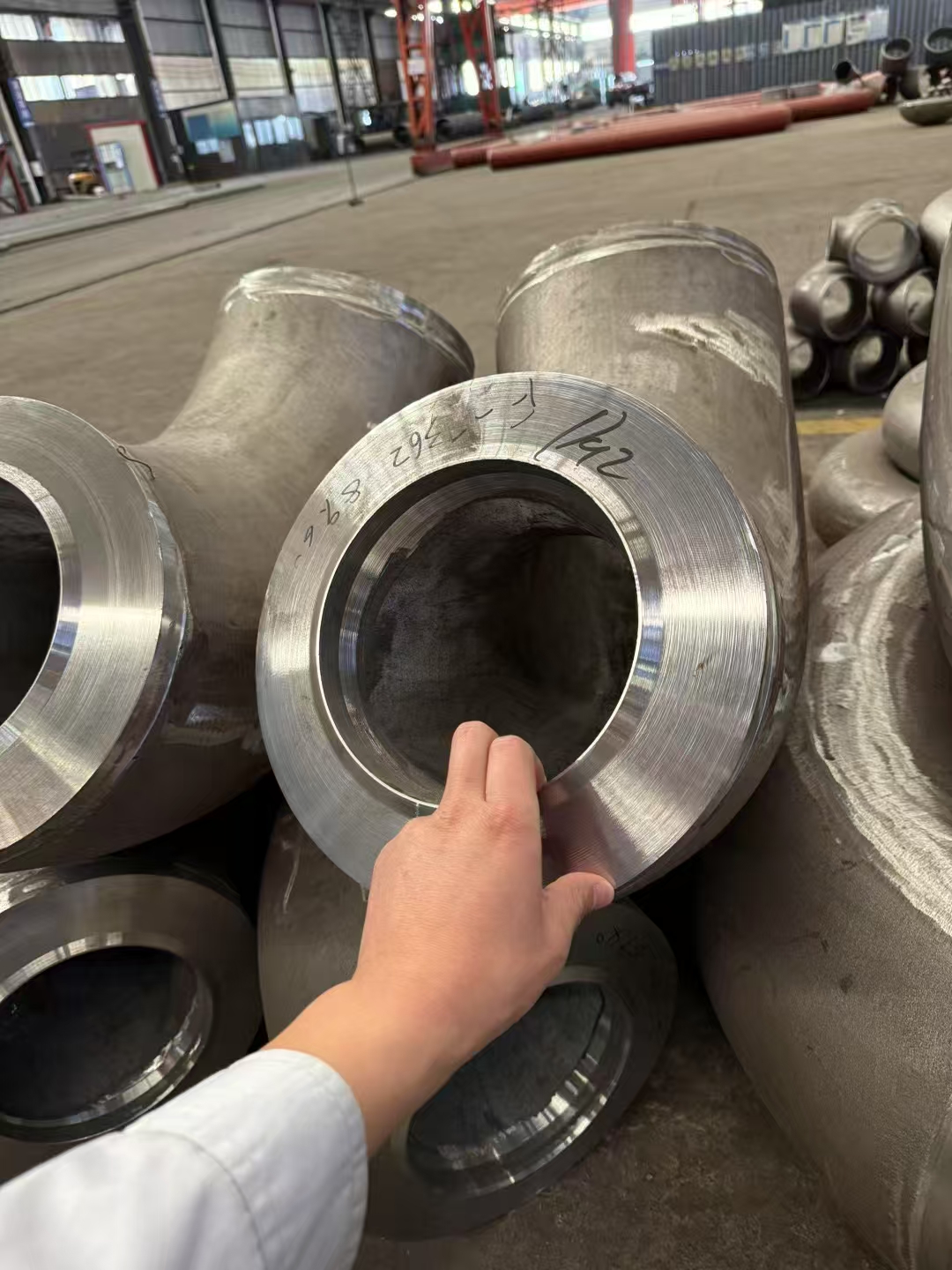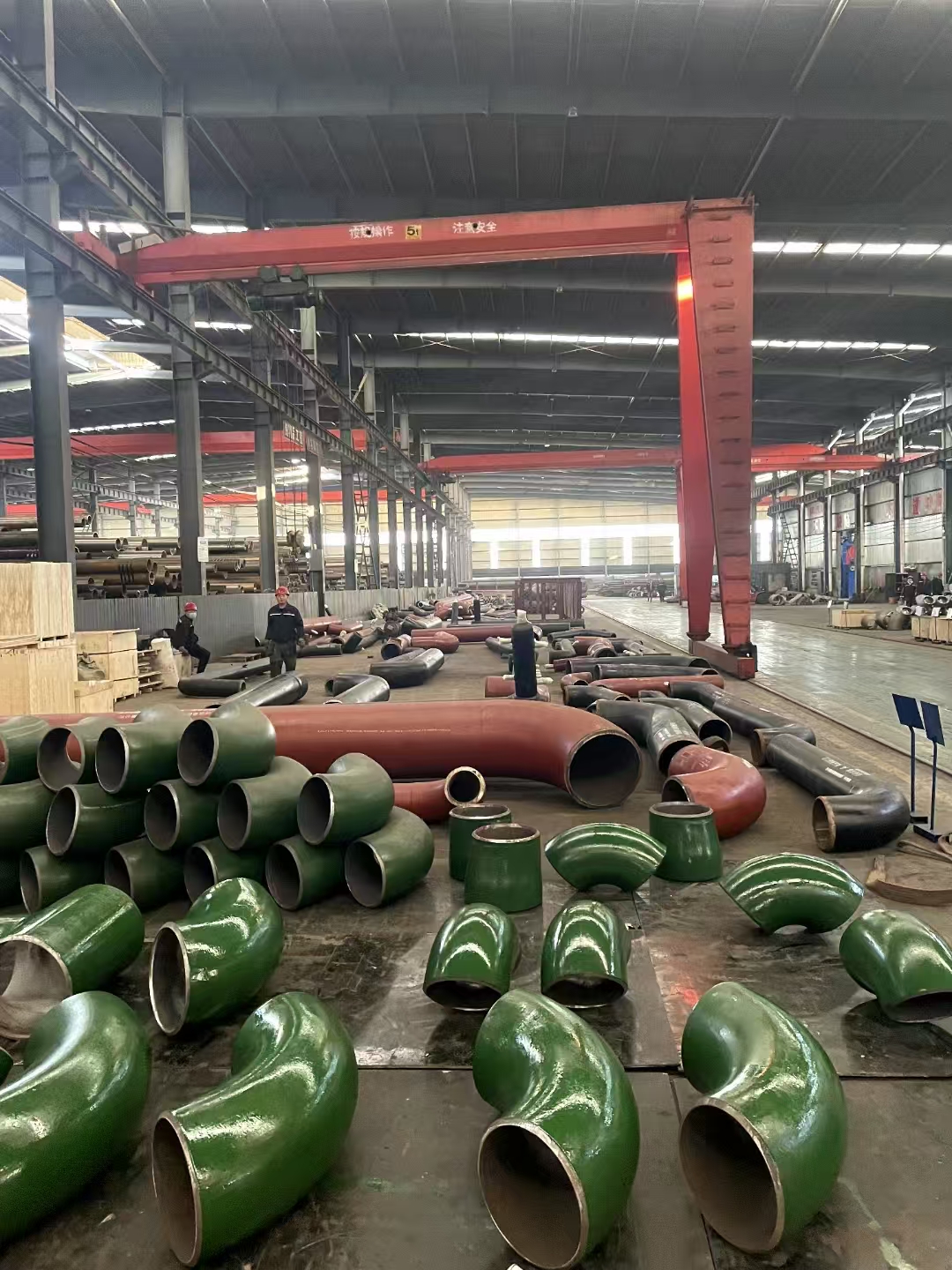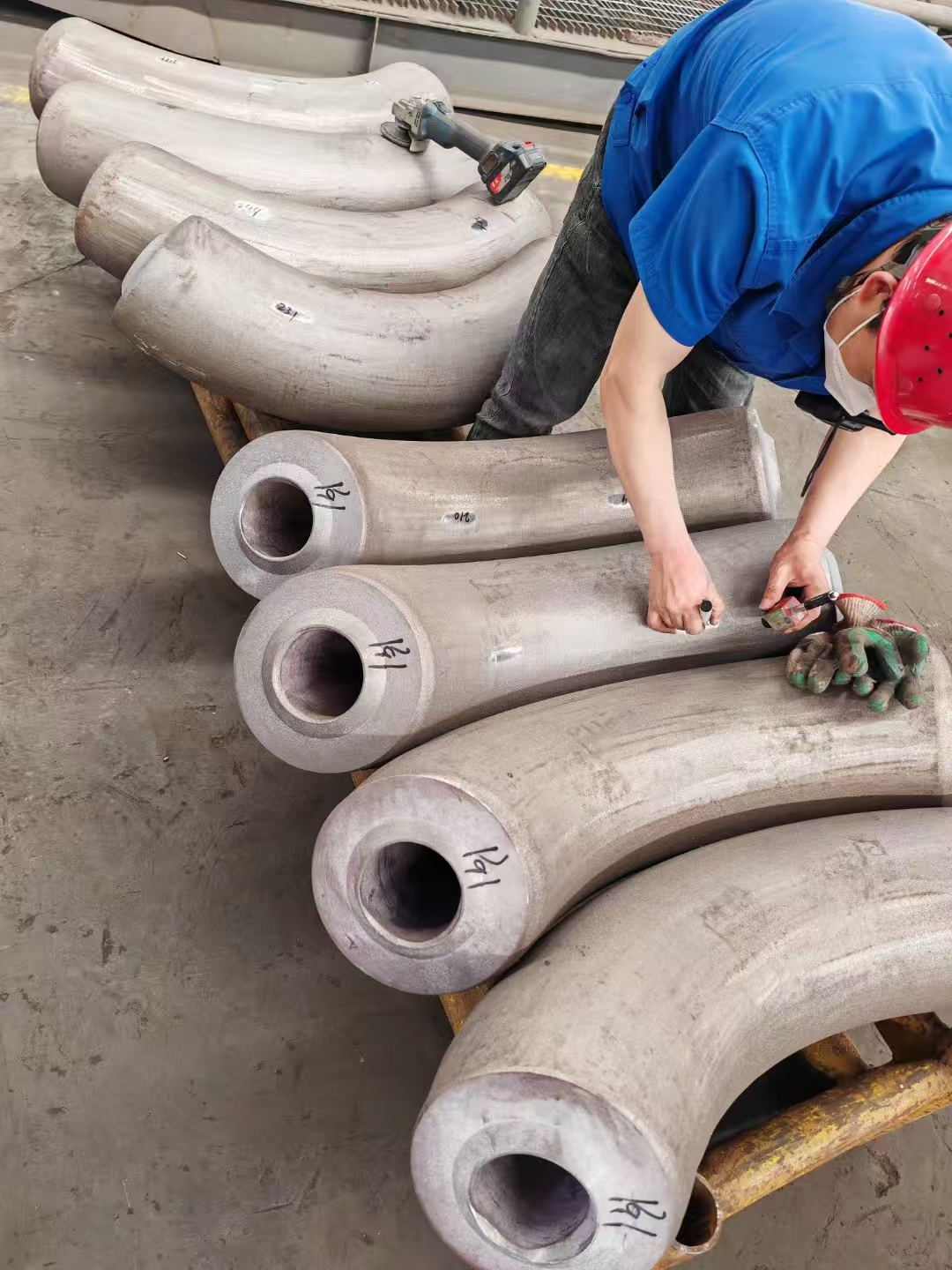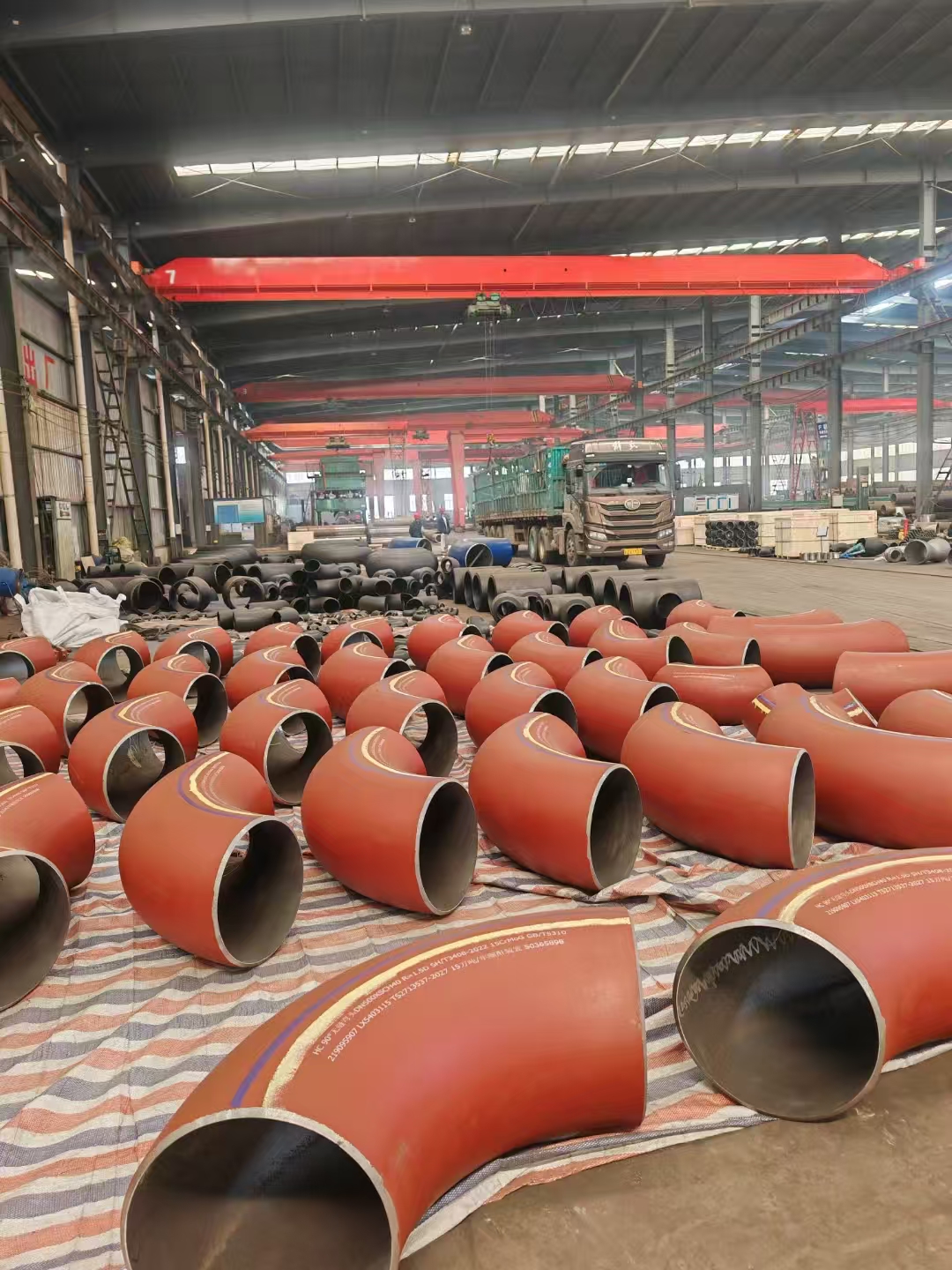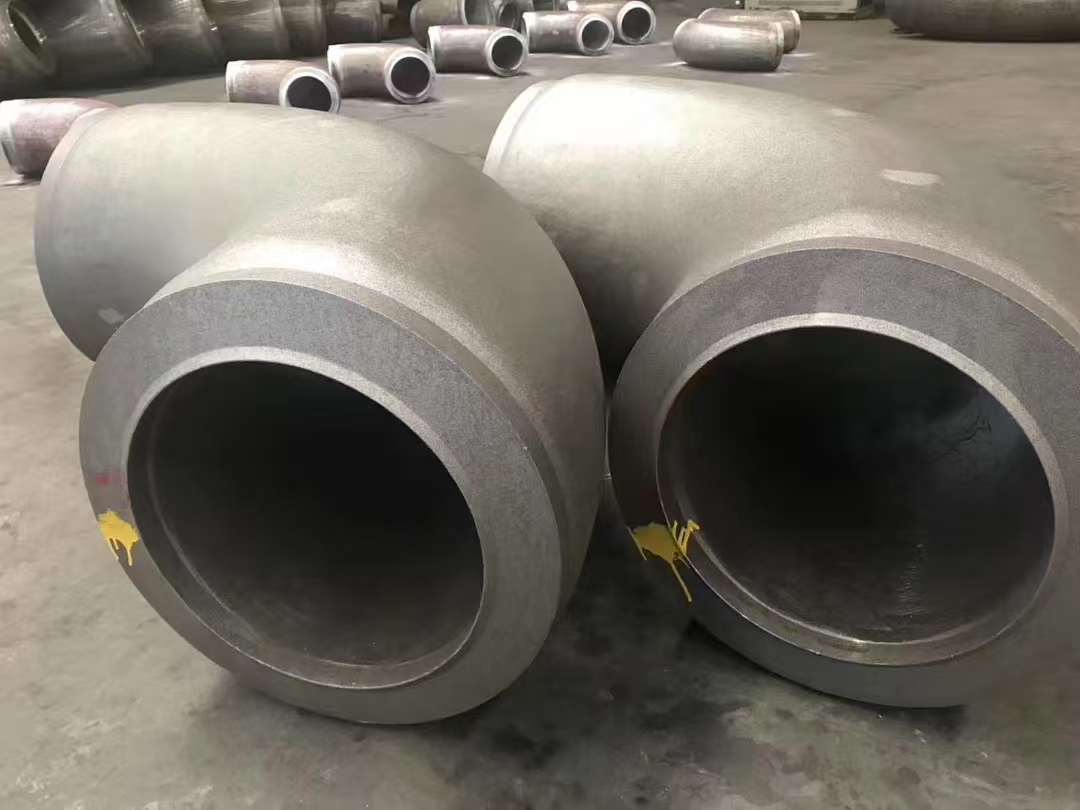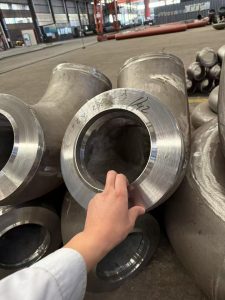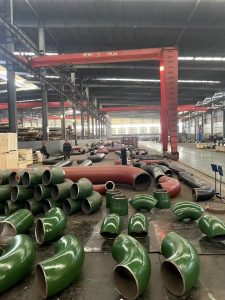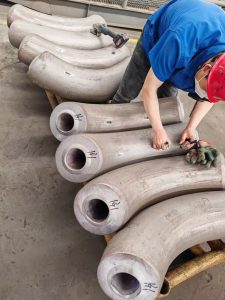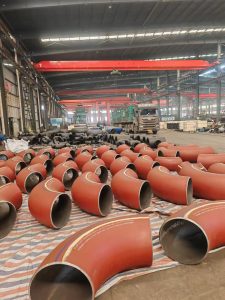NACE 316L stainless steel pipe fittings are materials with excellent corrosion resistance and strength, which are widely used in fields such as petroleum and natural gas. The sulfur and phosphorus elements are important factors affecting the corrosion resistance of steel, so it is necessary to control the sulfur and phosphorus elements in the NACE 316L stainless steel pipe fittings to ensure their corrosion resistance.
1、 The influence of sulfur and phosphorus elements
Sulfur and phosphorus elements can affect the corrosion resistance of steel, mainly reflected in the following aspects:
1. Sulfur element: Sulfur element is a common impurity in steel, and when the content is high, it can easily cause grain boundary embrittlement and corrosion of the steel. In addition, sulfur can also reduce the plasticity and toughness of steel.
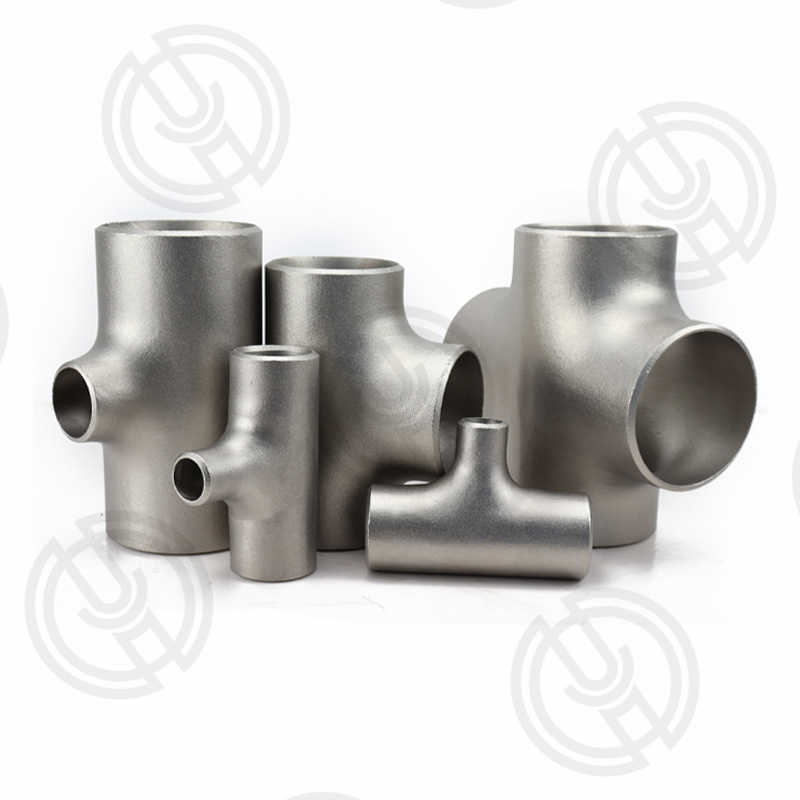
2. Phosphorus element: Phosphorus element can increase the brittleness of steel and exacerbate its hydrogen brittleness.
2、 Standard for sulfur and phosphorus element control of NACE 316L stainless steel pipe fittings
To ensure the corrosion resistance of NACE 316L stainless steel pipe fittings, it is necessary to control the sulfur and phosphorus content when manufacturing this type of stainless steel pipe fitting. NACE TM0284 is a standard for the selection and management of materials and equipment in the petroleum and natural gas industries, which specifies the control standards for sulfur and phosphorus elements in stainless steel pipe fittings.
According to the NACE TM0284 standard, the sulfur content of NACE 316L stainless steel fittings should be controlled below 0.002%, and the phosphorus content should be controlled below 0.020%. In addition, due to the influence of production processes, raw materials, and other factors on the sulfur and phosphorus content of steel, corresponding testing and control are also required.
3、 Control methods for sulfur and phosphorus elements
To control the content of sulfur and phosphorus elements in NACE 316L stainless steel fittings, the following measures need to be taken:
1. Choose high-quality raw materials: Choosing high-quality raw materials and additives can reduce the content of sulfur and phosphorus elements.
2. Optimization of production process: Optimizing the production process can reduce the residual amount of sulfur and phosphorus elements.
3. Strictly control the production process: Strengthening quality control and testing can promptly identify problems and make adjustments to avoid excessive sulfur and phosphorus content.
4. Choose appropriate equipment and process: Choosing appropriate production equipment and process can ensure that the stainless steel pipe fittings produced meet the standard requirements.
In summary, the control of sulfur and phosphorus elements in the NACE 316L stainless steel pipe fittings is a key element to ensure their corrosion resistance performance. By using high-quality raw materials, optimizing production processes, strictly controlling the production process, selecting appropriate equipment and processes, the content of sulfur and phosphorus can be effectively controlled, and the quality and reliability of NACE 316L stainless steel pipe fittings can be improved.
NACE 316L stainless steel pipe fittings are materials with excellent corrosion resistance and strength, which are widely used in fields such as petroleum and natural gas. The sulfur and phosphorus elements are important factors affecting the corrosion resistance of steel, so it is necessary to control the sulfur and phosphorus elements in the NACE 316L stainless steel pipe fittings to ensure their corrosion resistance.
1、 The influence of sulfur and phosphorus elements
Sulfur and phosphorus elements can affect the corrosion resistance of steel, mainly reflected in the following aspects:
1. Sulfur element: Sulfur element is a common impurity in steel, and when the content is high, it can easily cause grain boundary embrittlement and corrosion of the steel. In addition, sulfur can also reduce the plasticity and toughness of steel.
2. Phosphorus element: Phosphorus element can increase the brittleness of steel and exacerbate its hydrogen brittleness.
2、 Standard for sulfur and phosphorus element control of NACE 316L stainless steel pipe fittings
To ensure the corrosion resistance of NACE 316L stainless steel pipe fittings, it is necessary to control the sulfur and phosphorus content when manufacturing this type of stainless steel pipe fitting. NACE TM0284 is a standard for the selection and management of materials and equipment in the petroleum and natural gas industries, which specifies the control standards for sulfur and phosphorus elements in stainless steel pipe fittings.
According to the NACE TM0284 standard, the sulfur content of NACE 316L stainless steel fittings should be controlled below 0.002%, and the phosphorus content should be controlled below 0.020%. In addition, due to the influence of production processes, raw materials, and other factors on the sulfur and phosphorus content of steel, corresponding testing and control are also required.
3、 Control methods for sulfur and phosphorus elements
To control the content of sulfur and phosphorus elements in NACE 316L stainless steel fittings, the following measures need to be taken:
1. Choose high-quality raw materials: Choosing high-quality raw materials and additives can reduce the content of sulfur and phosphorus elements.
2. Optimization of production process: Optimizing the production process can reduce the residual amount of sulfur and phosphorus elements.
3. Strictly control the production process: Strengthening quality control and testing can promptly identify problems and make adjustments to avoid excessive sulfur and phosphorus content.
4. Choose appropriate equipment and process: Choosing appropriate production equipment and process can ensure that the stainless steel pipe fittings produced meet the standard requirements.
In summary, the control of sulfur and phosphorus elements in the NACE 316L stainless steel pipe fittings is a key element to ensure their corrosion resistance performance. By using high-quality raw materials, optimizing production processes, strictly controlling the production process, selecting appropriate equipment and processes, the content of sulfur and phosphorus can be effectively controlled, and the quality and reliability of NACE 316L stainless steel pipe fittings can be improved.

